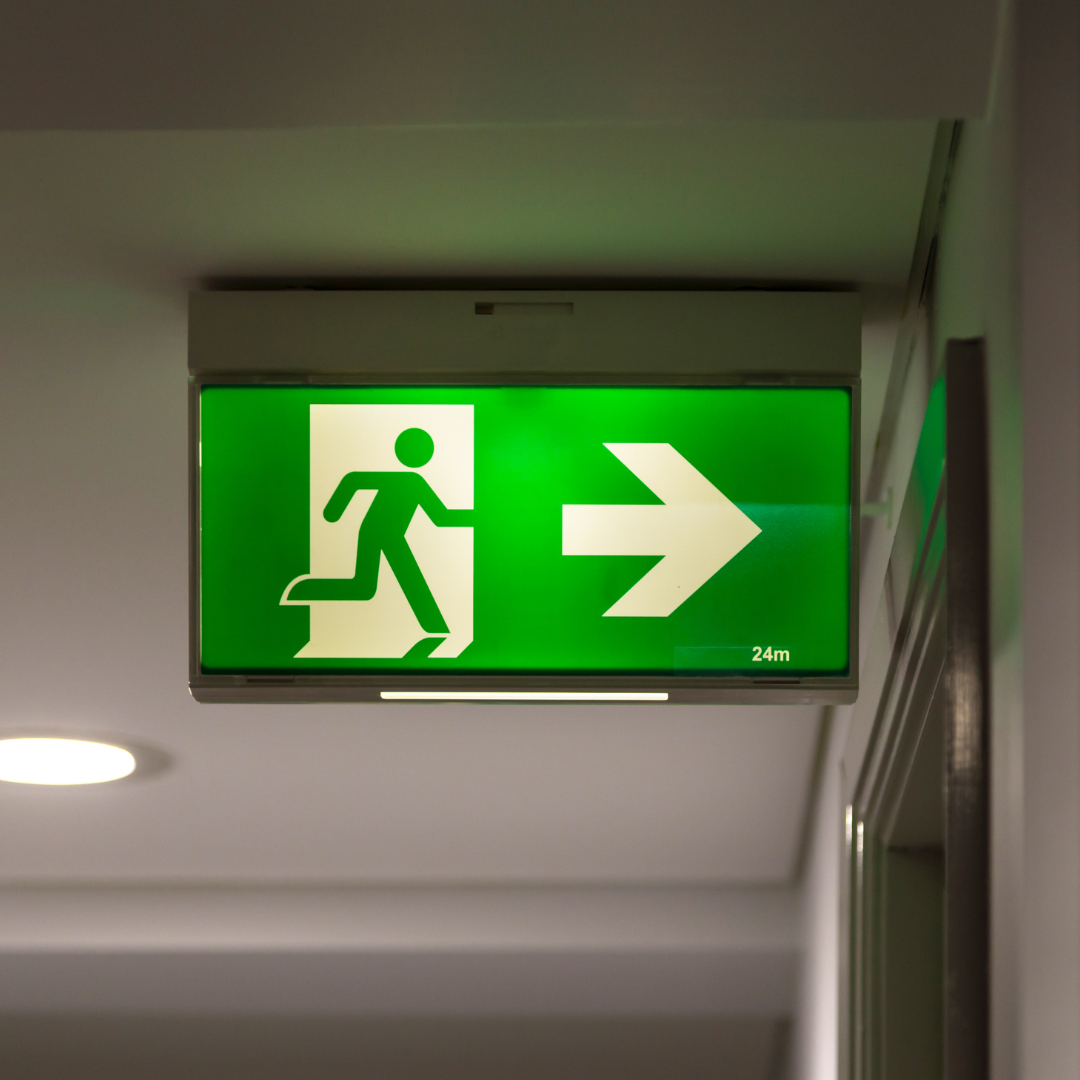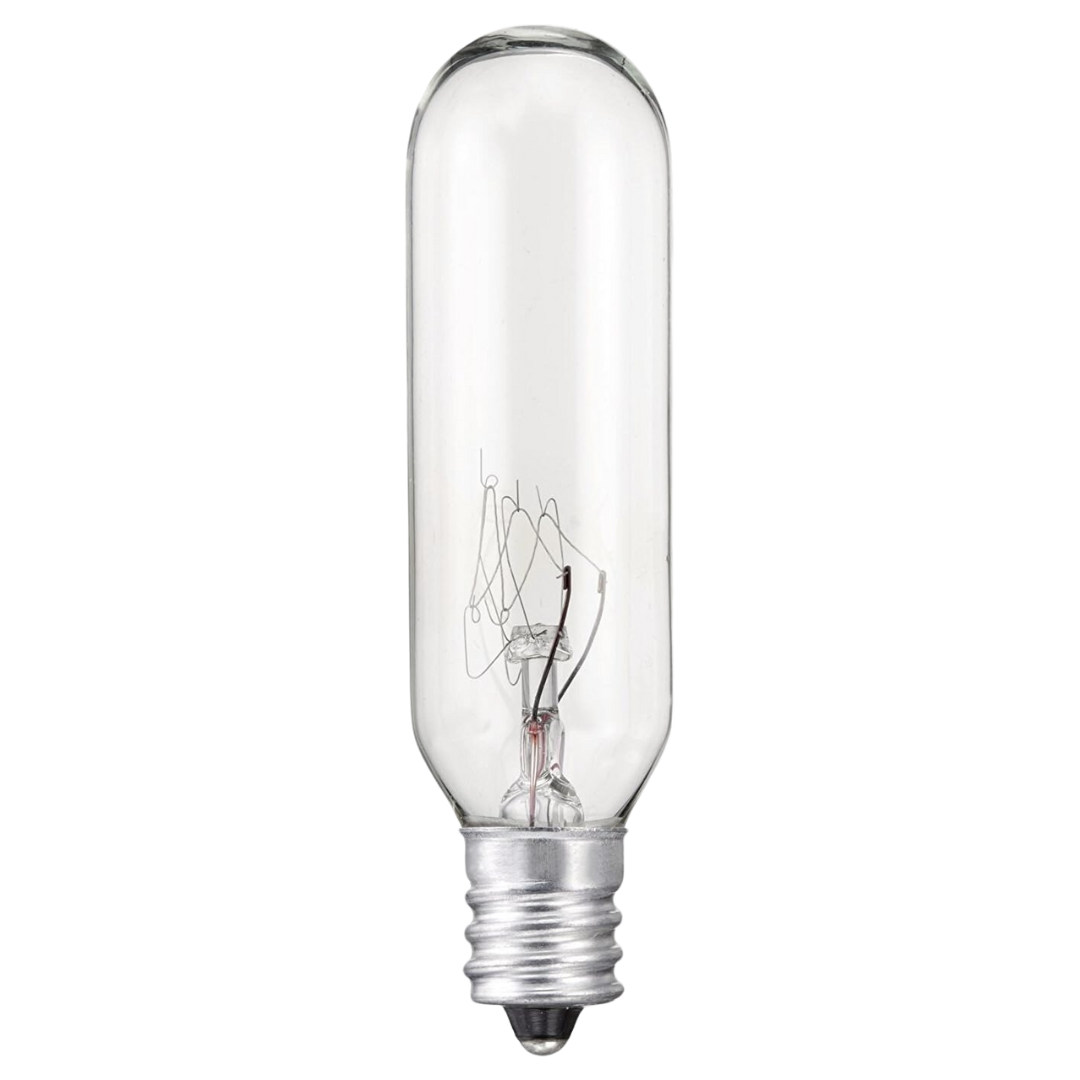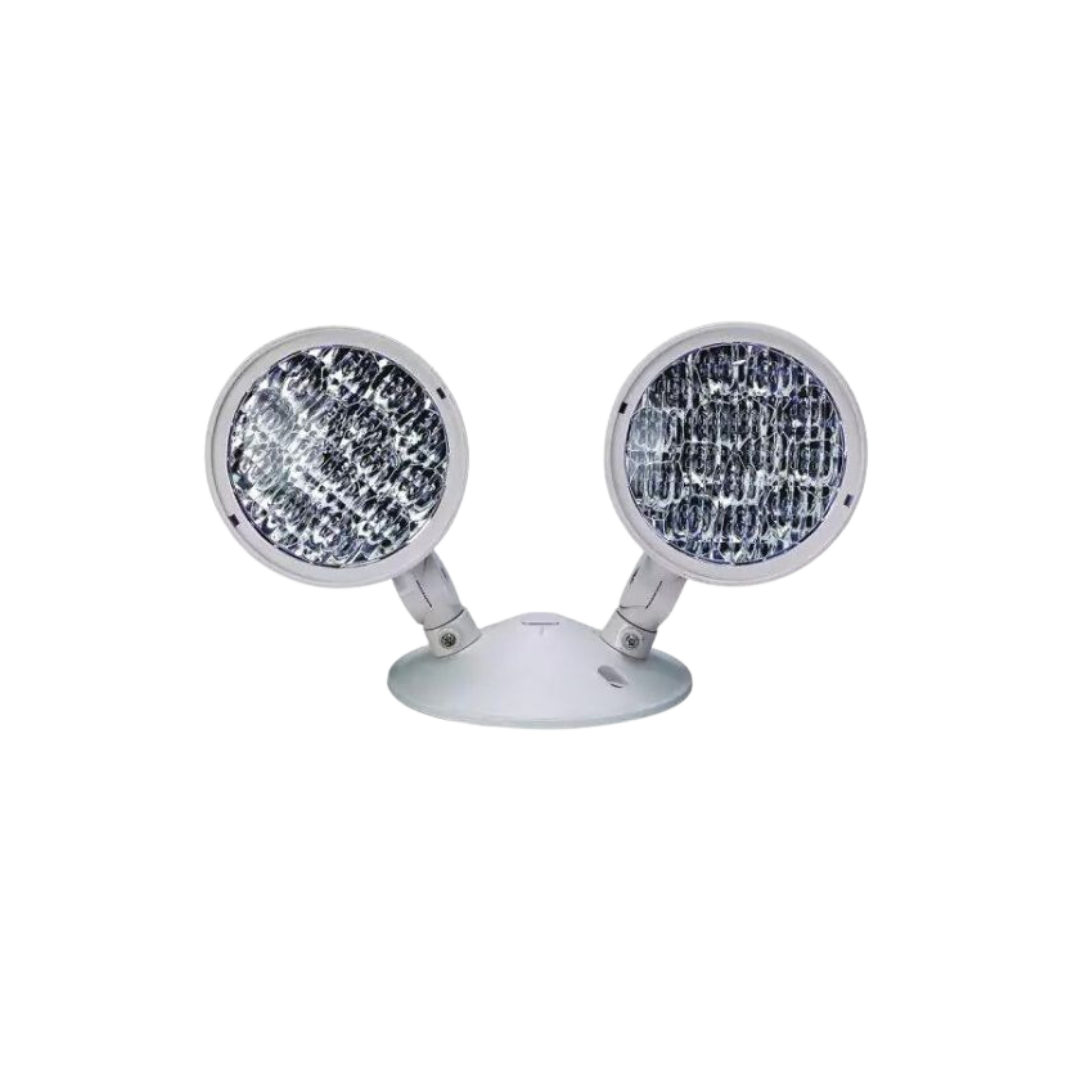EXIT SIGN AND EMERGENCY LIGHT SOLUTIONS
INSPECTIONS, SALES, SERVICE, AND ON-SITE REPAIRS
WHAT ARE EMERGENCY LIGHTS?
An emergency light is a battery-powered lighting device that automatically activates during a power outage to illuminate exit pathways.
The Ontario Fire Code requires emergency lighting in all commercial buildings, including businesses, retail stores, and rental housing.
A power failure and subsequent loss of light in your business can create serious safety hazards for employees and customers. Properly maintained emergency lighting and exit signage are essential for ensuring a safe and timely evacuation in an emergency.
We provide a full range of emergency lighting solutions, including sales, installation, maintenance, testing, and on-site repairs, to help businesses stay fire-code compliant.
EMERGENCY LIGHT INSPECTIONS
Emergency light inspections are required under the Ontario Fire Code to ensure all exit signs and emergency lighting systems function properly during a power failure. Businesses are responsible for performing monthly functional and annual full-duration tests to remain fire code compliant and ensure occupant safety.
MONTHLY EMERGENCY LIGHT INSPECTIONS
Ontario Fire Code requires monthly emergency light tests to ensure units activate properly when needed. Functional tests identify potential failures before an emergency.
WHAT’S INCLUDED IN MONTHLY INSPECTIONS?
Visual Inspection – Checking for physical damage to the unit, dead bulbs, loose connections, and proper placement
Quick Functional Test – Activating the system for 30 seconds to confirm lights turn on when power is lost
Bulb & LED Verification – Checking brightness levels and replacing any burned-out bulbs
ANNUAL EMERGENCY LIGHT INSPECTIONS
In addition to monthly functional tests, the Ontario Fire Code mandates a full-duration emergency light test every 12 months. This annual test simulates a real power failure to verify battery capacity and system reliability.
WHAT’S INCLUDED IN ANNUAL INSPECTIONS?
Full 30 to 90-Minute Duration Test – Simulating a power failure to ensure lights stay illuminated as required
Battery Load Testing – Confirming battery capacity and recharge efficiency to prevent failure
Exit Route Illumination Assessment – Verifying sufficient brightness along hallways, stairwells, and emergency exits
Fire Code Compliance Documentation – Providing a detailed inspection report for fire safety records
EXIT COMBO UNITS
Exit combo units provide a dual-purpose emergency lighting solution, combining illuminated exit signage with battery-powered lights to ensure safe evacuation during a power failure.
VOLTAGE OPTIONS FOR EXIT COMBO UNITS
6 Volt – The industry standard for most combo units, powered by 6V sealed lead-acid (SLA) or Ni-Cd batteries for reliable emergency backup.
3.6 / 4.8 Volt – A newer, energy-efficient option with integrated LEDs, requiring lower voltage and offering extended battery life with reduced maintenance.
12 / 24 Volt – High-output models designed for larger spaces, industrial applications, and high-ceiling buildings, ensuring enhanced illumination and extended runtime.
EMERGENCY LIGHTING BATTERIES
Emergency lights and exit signs rely on battery backup power to ensure they function during a power failure. Choosing the right battery size and type is essential for maintaining reliable performance.
Amp-hours (Ah) measure a battery’s capacity, indicating how long it can supply power —higher Ah ratings provide longer emergency lighting runtimes, ensuring extended illumination during power outages.
CHOOSING THE RIGHT BATTERY
Voltage Compatibility – Ensure the battery matches your unit’s power requirements ( I.E., 3.6V, 4.8v 6V, 12V)
Amp-Hour Rating (Ah) – Higher Ah means longer runtime.
Need a replacement battery or an on-site emergency lighting service? Contact us to get the right power solutions.
COMMON EMERGENCY LIGHTING BATTERY SIZES

3.6V / 4.8V BATTERY PACKS
+/- 0.35Ah - 1.8Ah
Found in newer LED emergency lighting models, these lower-voltage options provide energy efficiency and longer life compared to traditional sealed lead acid batteries.
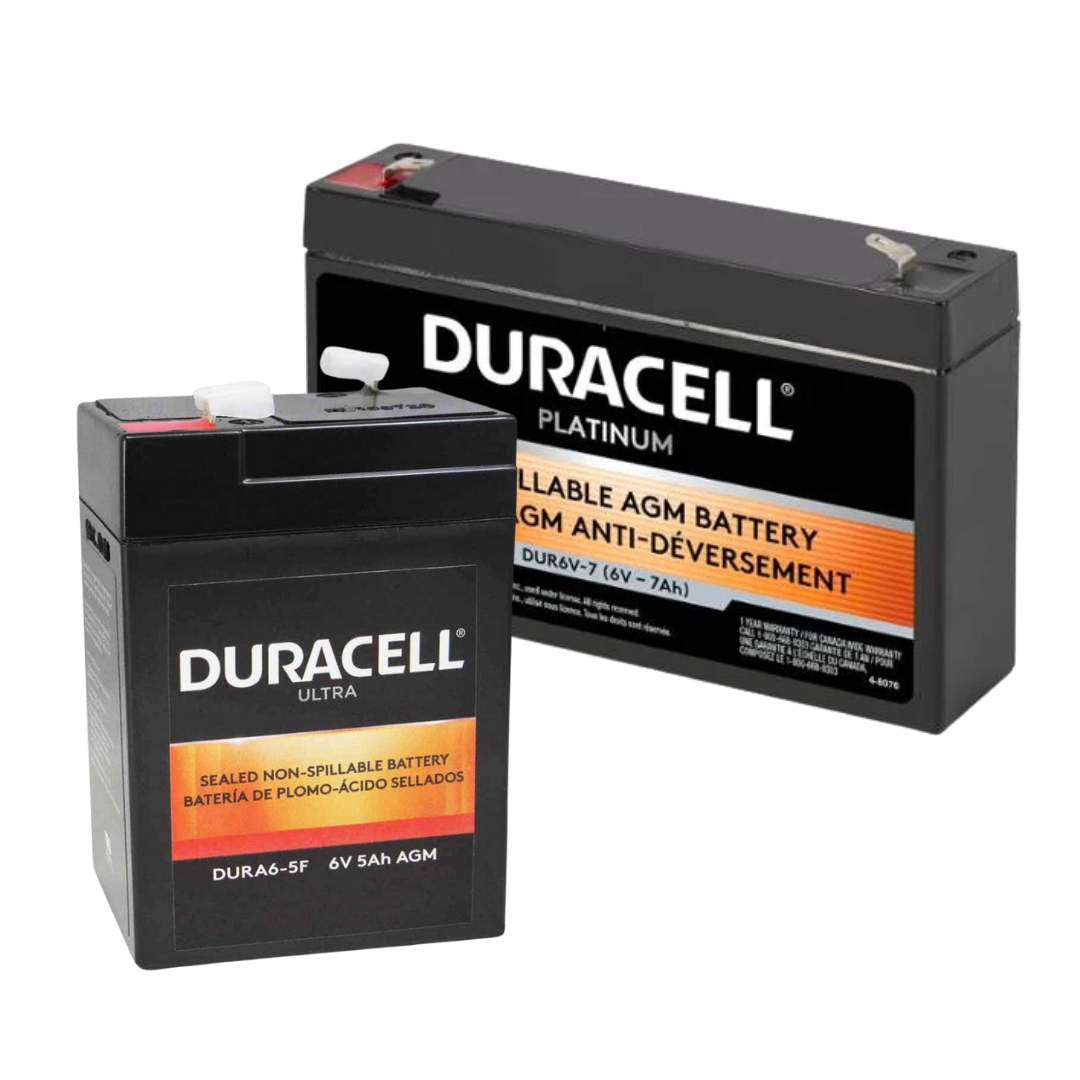
6 VOLT BATTERIES
5Ah / 7Ah / 12Ah
The most widely used battery sizes in standard emergency lighting and exit sign units. Sealed lead-acid (SLA) and Ni-Cd (nickel-cadmium) options are available, depending on the unit.
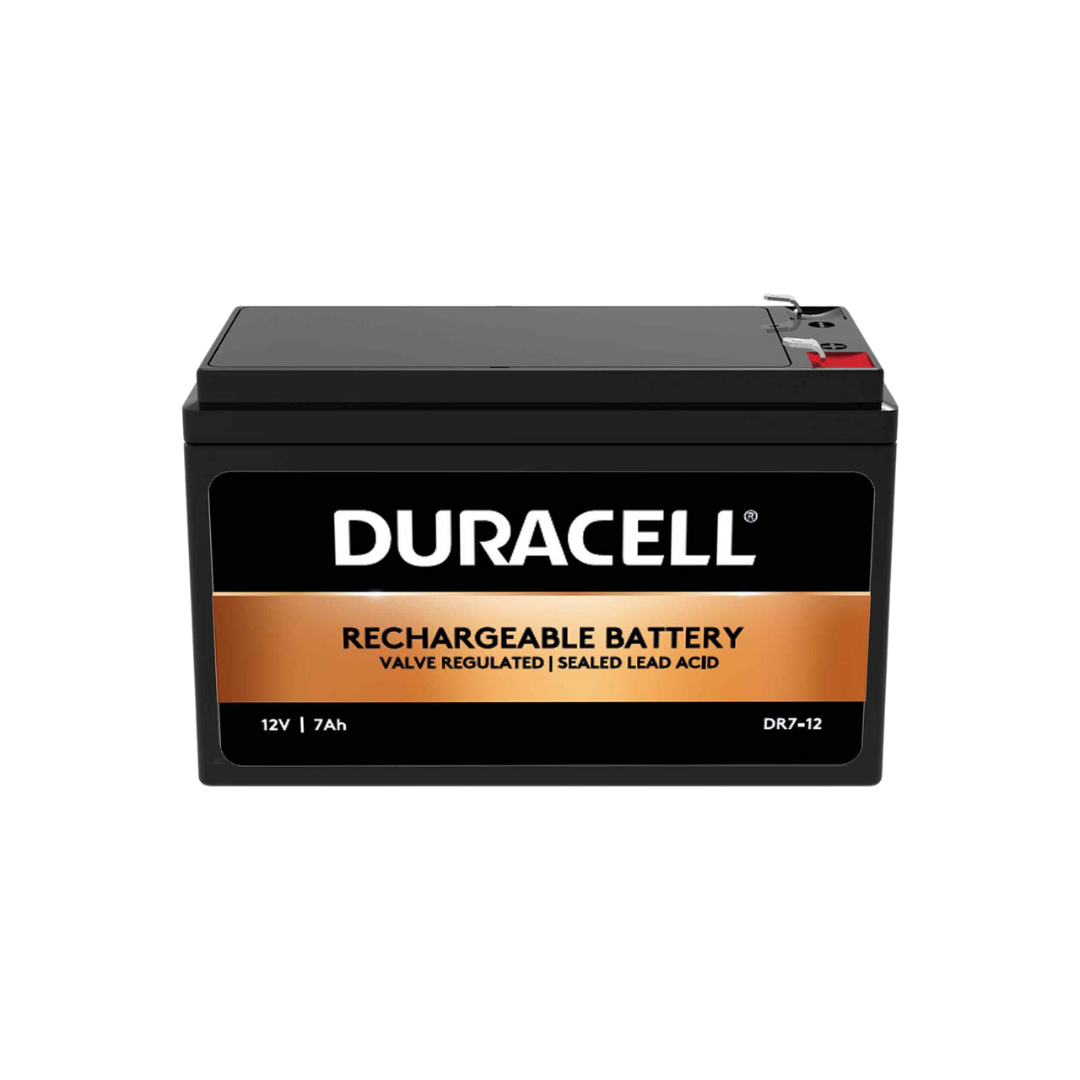
12 VOLT BATTERIES
7Ah / 9Ah / 12Ah / 36Ah
Commonly used in high-output emergency lighting systems, these batteries provide extended runtime for larger commercial buildings, warehouses, and industrial facilities.
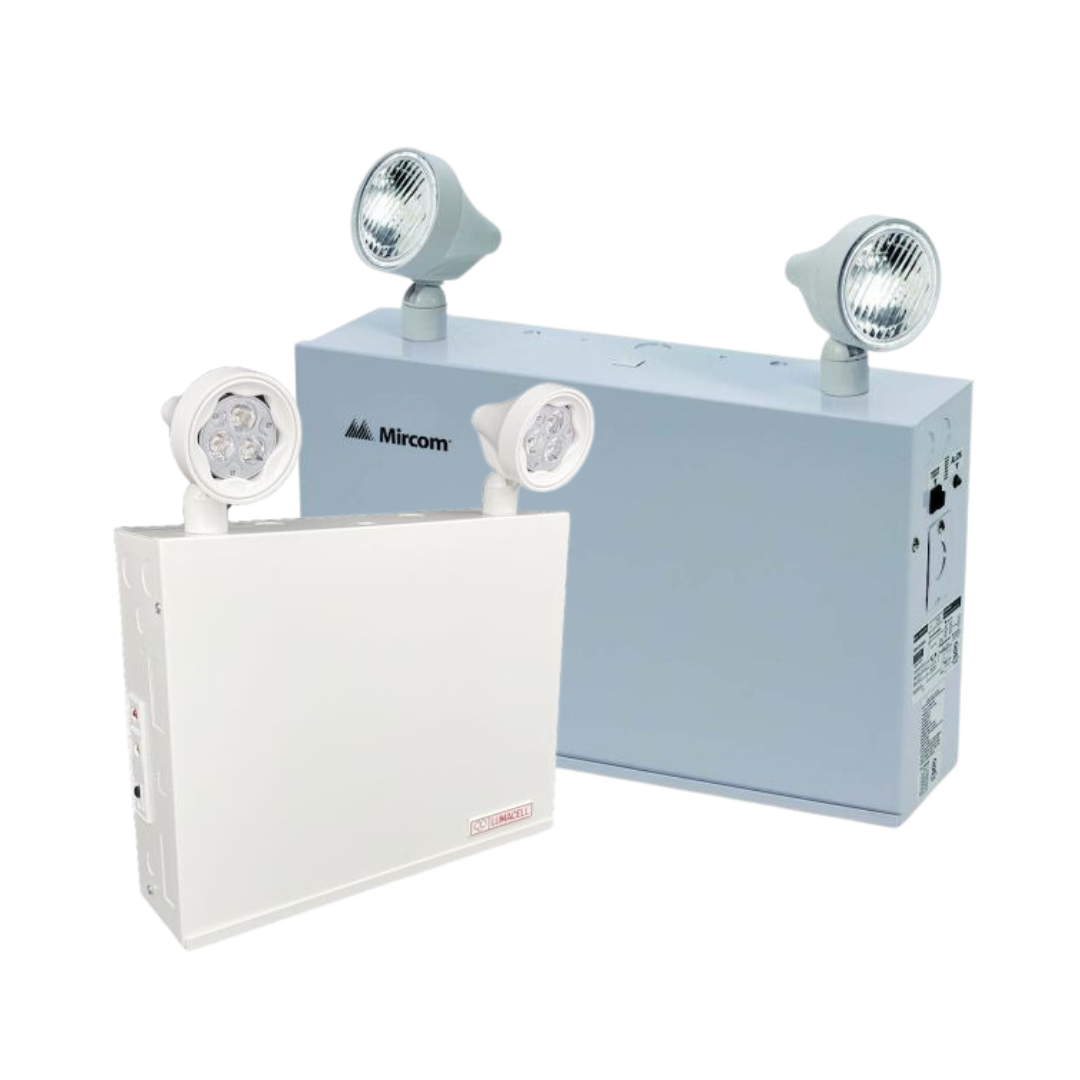
24V BATTERY SYSTEMS
24V systems are typically designed for large-scale emergency lighting networks and often use 6v or 12v batteries in series in centralized backup power units that support multiple emergency lights.
EMERGENCY LIGHTING BULBS
Emergency lighting and exit signs use various bulb types for specific voltage, brightness, and power requirements.
T6 Tubular Bulbs
- Often 6V or 12V, with halogen and coloured LED options
- Offers a balance of brightness and energy efficiency
Wedge Base Bulbs
- Common in older emergency lights and combo units
- Available in halogen and incandescent varieties
- Typically 6V or 12V, depending on the fixture
DC Bayonet Base (DCB) Bulbs
- Direct current (DC) bulbs designed for 6V and 12V emergency lighting systems
- Easy to install and replace in most standard fixtures
Integrated LED Modules / Strip Lighting
- Low voltage
- Found in modern emergency light units and exit signs
- Energy-efficient, long-lasting, and maintenance-free
- Often built-in, meaning the entire unit may need replacement if the LED fails
EMERGENCY LIGHTING POWER UNITS
Centralized battery backup systems that provide reliable power to multiple exit signs, emergency light fixtures, and other safety-critical devices during a power outage.
TYPES OF POWER UNITS
Self-Contained Power Units
- Operates on SLA, Ni-Cd, or lithium batteries
- Provides short-term emergency lighting (typically 30 to 90 minutes) during power failures
24V High-Capacity Systems
- Designed for large-scale emergency lighting networks that require multiple lights and longer backup runtimes
- Provides centralized power management, reducing the need for multiple smaller battery units
REMOTE HEADS
External emergency lighting fixtures that connect to a central battery unit or exit combo unit provide additional illumination in areas with insufficient built-in exit lights.
Single and Double-Head Remote Units
- Features single and double adjustable lamp heads, ideal for small spaces, doorways, or focused illumination
- Typically available in 6V, 12V, and 24V configurations
LED Remote Heads
- More energy-efficient and long-lasting compared to traditional halogen bulbs
- Requires lower power consumption, extending the battery runtime of the connected power unit
Weatherproof Remote Heads (NEMA-Rated)
- Built for outdoor and damp locations, featuring sealed, weather-resistant casings
Who Needs Emergency Light Inspections?
Under the Ontario Fire Code, all businesses must maintain fully functional emergency lights and exit signs to ensure safe evacuation during power failures. Monthly and annual inspections are required to confirm these systems work when needed.
We provide professional emergency light inspections across Niagara, Hamilton, Oakville, and beyond to keep businesses safe and compliant.
Monthly Inspections
- Quick 30-second functional test to ensure emergency lights turn on.
- Check battery charge, bulbs, and proper illumination.
- Identify early signs of failure before they become compliance issues.
Annual Inspections
- Full 30-minute power failure simulation to test battery backup capacity.
- Inspect wiring, bulbs, LEDs, and emergency light coverage.
- Provide fire code compliance reports to meet regulatory requirements.
Industries That Require Emergency Light Inspections
Warehouses & Factories
Retail Stores & Offices
Restaurants & Commercial Kitchens
Hospitals & Care Facilities
Manufacturing Plants & Industrial Facilities
Hotels, Motels & Lodging Facilities
Schools, Colleges & Universities
Data Centers & Server Rooms
Parking Garages & Underground Facilities
Apartment Buildings & High-Rises
Government Buildings & Public Spaces
Stay Compliant & Protected
Failing to inspect emergency lights can result in:
- Fire code violations & fines
- Lighting failures during power outages
- Increased liability risks
Not sure what your business needs? Contact Regional Fire today for expert guidance and to schedule a fire safety audit!
What’s Involved in an Emergency Lighting Inspection?
At Regional Fire, our emergency lighting inspections ensure your business remains fire code compliant and fully prepared for power failures. We follow the Ontario Fire Code and NFPA standards to verify that all exit signs and emergency lighting systems function properly when needed.
Serving businesses in Niagara, Hamilton, Oakville, and beyond, our team conducts thorough testing, inspections, and maintenance to confirm battery life, illumination levels, and overall system reliability.
What We Cover in an Emergency Lighting Inspection
Functional Testing and Compliance Verification
- Monthly functional tests activate emergency lights for 30 seconds to confirm proper operation.
- Annual full-duration testing simulates a power failure for 30 minutes to ensure backup batteries provide adequate illumination.
- Fire code and NFPA compliance checks confirm systems meet Ontario Fire Code and NFPA 101 Life Safety Code requirements.
Battery Testing and Backup Power Assessment
- Voltage levels and amp-hour capacity are checked to confirm battery health.
- Weak or failing batteries are identified and replaced before they cause system failures.
- Sealed lead-acid (SLA), Ni-Cd, and lithium battery performance is tested to maintain required charge levels.
Bulb and LED Inspection
- Burned-out bulbs, flickering lights, or dim LED output are tested and replaced.
- Brightness levels are verified to meet emergency illumination requirements.
- Compatibility is checked, and LED upgrades are recommended for improved efficiency.
Exit Sign Maintenance and Visibility Assessment
- Exit signs are checked to ensure they remain illuminated and legible in dark conditions.
- LED strip lighting, photoluminescent signs, and combo exit units are inspected.
- Faded lettering or non-functional light sources are replaced.
Wiring, Circuit, and Connection Inspections
- Loose or corroded electrical connections that could lead to failures are identified.
- Emergency lighting circuits are tested to ensure proper activation during power loss.
- Remote heads are inspected for proper wiring and coverage.
Process of an Emergency Lighting Inspection
Our certified technicians follow a structured approach to ensure your emergency lights and exit signs are fully operational and fire code compliant.
1. Accessing the Electrical Panel
- The technician will locate and access your electrical panel to simulate a power failure.
- If your facility has multiple panels, they may need access to more than one to test all emergency lighting circuits.
- If breakers are not labeled, we offer circuit tracing services to correctly identify emergency lighting circuits and prevent unnecessary disruptions.
2. Testing Emergency Lights and Exit Signs
- The main power to emergency lighting circuits will be temporarily shut off to ensure lights activate properly.
- The technician will verify that all emergency lighting units turn on instantly and provide adequate illumination.
- Exit signs will be checked for visibility, brightness, and proper function.
3. Battery and Backup Power Assessment
- The technician will inspect battery voltage levels and charge retention for compliance with fire code standards.
- Batteries that fail to hold charge or show signs of wear will be flagged for replacement.
- Battery connections and wiring will be checked for corrosion, loose terminals, or damaged wiring.
4. Full 30-Minute Duration Test (Annual Inspections)
- For annual inspections, emergency lighting will be kept on for 30 minutes to confirm backup batteries provide sustained illumination.
- The technician will monitor light output and ensure batteries meet runtime requirements.
5. Inspection of Wiring, Circuits, and Remote Heads
- Emergency light heads will be checked for proper positioning and full coverage.
- Wiring and circuits will be inspected for loose connections, faults, or damage.
- If any emergency light fixtures fail to turn on, further troubleshooting will be conducted.
What You Receive After the Inspection
Detailed Digital Reporting & Compliance Documentation
We provide comprehensive digital inspection reports after completing your emergency lighting inspection. Our reports ensure your business stays fire code compliant while giving you a clear understanding of the condition of your emergency lights, exit signs, and backup power systems.
Our technicians document all findings in real-time and can email your inspection report on-site to the appropriate contact person, whether that’s a business owner, facility manager, property manager, or safety officer.
1. Detailed Digital Inspection Reports
- A full breakdown of system status, functionality, and compliance with Ontario Fire Code and NFPA standards.
- Identification of any non-compliant emergency lights, weak batteries, or malfunctioning exit signs.
- Time-stamped photos and notes detailing issues, maintenance needs, and repair recommendations.
2. Maintenance and Repair Recommendations
- Expert guidance on battery replacements, LED upgrades, fixture repairs, and wiring corrections.
- Clear next steps to address any non-compliant equipment before it becomes a safety risk.
- Immediate service options available for on-the-spot fixes when possible.
3. Certification of Compliance Upon Request
- Official documentation confirming that your emergency lighting and exit sign systems meet Ontario Fire Code and NFPA standards.
- A compliance certificate available for fire inspectors, insurance providers, and internal safety records.
- Digital copies sent via email for easy record-keeping and accessibility.
Streamlined Compliance & Hassle-Free Documentation
Our digital reporting system eliminates paperwork delays and ensures all stakeholders receive real-time updates on your emergency lighting system’s condition. We make compliance simple, efficient and stress-free whether you need a one-time inspection or ongoing scheduled maintenance.
Ensure your business remains compliant and protected—schedule your emergency light inspection today.


